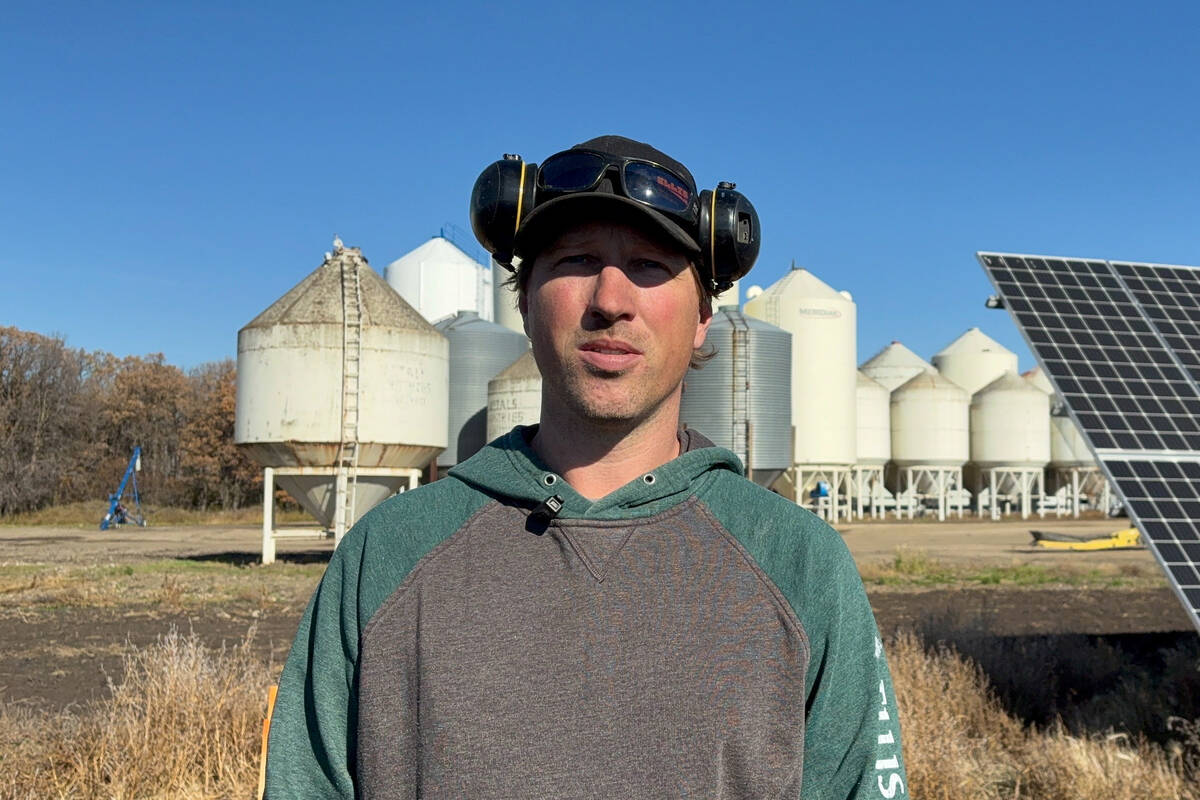The Canola Council of Canada (CCC) is advising growers in some parts of the Prairies to take more samples than they usually would in order to determine time of swathing.
“The spring frost that hit most of the prairies caused thin plant stands in many areas, resulting in more branches and more pods throughout the plant,” says Tiffany Martinka, CCC agronomy specialist. “When this is the case, there is often delayed and uneven maturity. That makes determining time of swathing a much more complex challenge.”
Read Also

How Canada’s farmers are producing record crops despite droughts and floods
Western Canadian farmers are using minimum and zero-till farming, tile drainage, slow-release fertilizer, and better crop breeding to produce record crops despite drought conditions.
Low plant densities of two to three plants per square foot will cause canola plants to branch up to four times more than those in optimum plant densities of seven to 14 plants per square foot, says Martinka. “This extra branching can delay seed maturity as much as three weeks depending on environmental conditions. If the canola plant has marginal increases in secondary branching (up to double the normal), growers can still use the main stem to determine if the crop has reached the optimum time of swathing of up to 60 per cent seed colour change. However, if secondary branches are three to four times the normal, growers need to assess the entire plant, because a higher proportion of the total yield will be carried on those side branches. Look for seed colour change in the pods at the base of those side branches, and the seed in the upper pods should be firm and dark green. If at least 30 to 40 per cent seed colour change over the whole plant can be achieved it will help minimize yield losses and green seed issues.”
“With low plant densities, the entire field may be maturing unevenly,” says Martinka. “Growers should assess fields for variability, and they should take samples from many locations to determine where the majority of plants are staged. Where there are multiple stages within a crop, the ideal time for swathing may be at a point where some pods are almost ready to shell, while some seeds are barely changing colour.”
Once seed colour change starts to show up at about ten days to two weeks after flowering, it is a good idea to be sampling fields every two to three days. For an accurate assessment of overall maturity, the CCC advises taking more samples from non-uniform fields, and then averaging the percentage of seed colour change. In some cases where the range of maturity is very wide, growers may need to weight that average to favour the most abundant crop stage (largest areas within the field, or the greatest proportion of plants in individual samples). For more help with this situation, check out Swathing and Harvesting Multiple Stage Canola Crops available on-line at http://www.canolacouncil.org/.
“To be considered sufficiently changed in colour, green seeds must have at least small patches of colour or spotting,” Martinka says. “Some varieties will show pod colour change long before the seeds do, while the opposite is true of other varieties. This is why it’s so important to check for seed colour change, not pod colour change”.
“Swathing late in the day and during the night will reduce shattering of riper plants and also minimize green seed issues. At the very least avoid swathing during the heat of the day, especially at 30 plus degrees. Also, for any later maturing crops, remember that the canola often needs a minimum of three days in the swath to allow sufficient dry down to protect against fall frost damage”.














